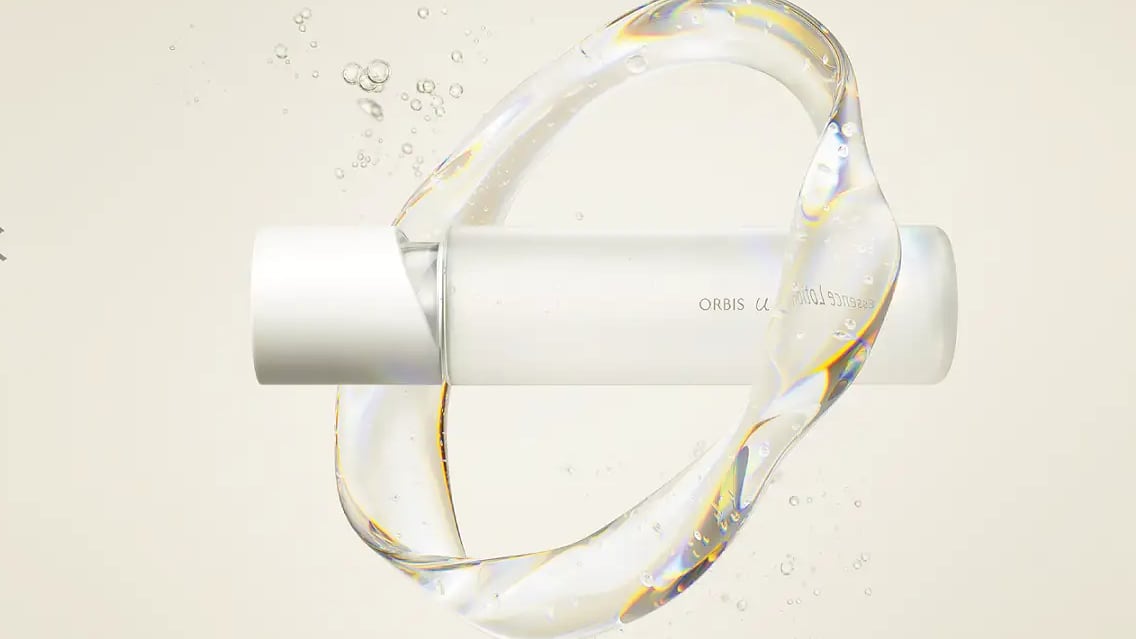Changing lifestyles, with less time spent outdoors and increased screen times, have drastcially altered the pattern of blue light exposure.
And although the full range and exact nature of the biological effects of blue light are unknown, both beneficial and detrimental effects have been described.
Writing in the journal Skin Pharmacology and Physiology, researchers wrote: “While most of the research to date has focused on the effects of blue light on the eyes, less is known about its impact on the skin, where similar photoreceptors are found…The objectives of this review are to describe evidence on the impact of blue light on the skin, understand the quality of evidence provided by existing medical research, and consider options for how the skin might be protected from the detrimental effects of blue light.”
They found that results of in vitro, in vivo and clinical studies show that blue light produces direct and indirect effects on the skin.
The most significant direct effects are the excessive generation of reactive oxygen and nitrogen species (ROS), and hyperpigmentation.
They found that blue light-induced ROS overproduction is associated with decreased cell viability and/or cell proliferation, increased pro-inflammatory signaling, and disrupted collagen metabolism.
They also pointed out that a study by Dong et al.reported that, in addition to ROS overproduction, blue light irradiation increased the levels of pro-inflammatory cytokines interleukin (IL)-1α, IL-6, IL-8, and TNF-α.
In terms of hyperpigmentation, they cited a study conducted in 20 volunteers that found compared with UV, blue light produced darker hyperpigmentation that lasted longer.
They also assessed the literature in relation to indirect affects, and found that blue light can exert indirect effects on the body by disrupting the normal circadian rhythm.
“This occurs via both the central mechanism, which involves stimulation of light-sensing receptors located in the retina, and via the peripheral mechanism, which involves direct interaction with skin cells. By disrupting the normal circadian rhythm, blue light can negatively affect the skin repair processes that take place during the night,” they wrote.
Regimen recommendations
When considering cosmetic interventions for protecting against blue light, the recommended a strategy of daytime protection and night-time repair.
“An ideal regimen of daytime protection would include reduced exposure to blue light and prevention or minimization of free radical formation. An ideal regimen of night-time repair would include greater protection of the opsin photoreceptors against activation, collagen against degradation, mitochondria against damage, and DNA against oxidation, as well as other methods,” they added.
However, they cautioned that while the scientific understanding of the effects of blue light on the skin has improved in recent decades, it was from optimal.
“Several factors continue to limit the progress in this field, including variations in the definition of blue light itself,” they wrote.
“Methodological constraints include the use of different light sources, which often produce radiation outside blue light wavelengths, precluding the establishment of firm cause–effect connections and complicating comparisons between studies. Another limitation is the lack of understanding of the biological significance of the differences in the intensity of blue light radiation between natural and artificial sources.
“Progress in this field is hampered by lack of standardized methods, including the use of different sources of blue light and measures of its biological effects.”
Source: Skin Pharmacology and Physiology
DOI: 10.1159/000526720
‘Direct and Indirect Effects of Blue Light Exposure on Skin: A Review of Published Literature’
Orawan Suitthimeathegorn, et al.





